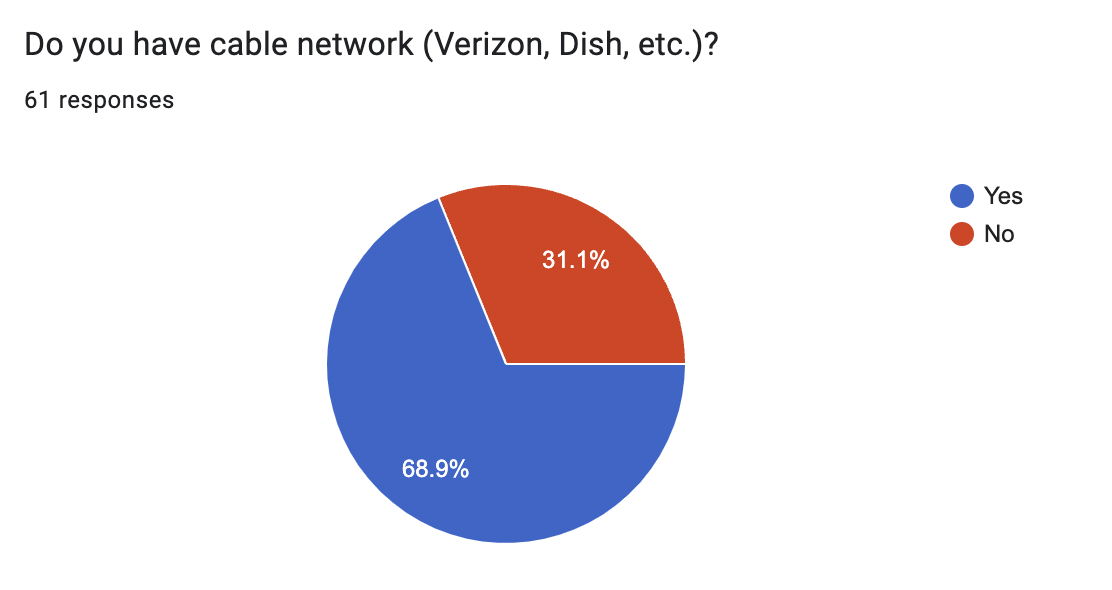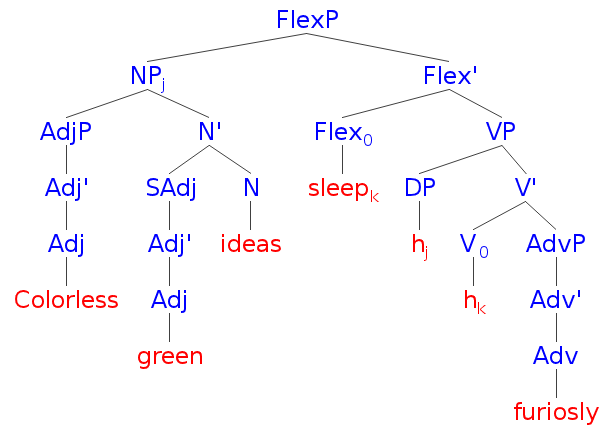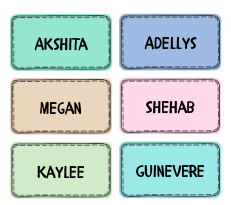“Colorless green ideas sleep furiously” is a classic line written by Noam Chomsky to illustrate a sentence that makes grammatical sense but does not have any meaning semantically. However, others have speculated that any sentence makes semantic sense when given the right context. In other words, if the noun “ideas” explained prior or following our classic sentence, the fact that they are colorless and green, as well as why they are sleeping furiously would make sense to us as readers. Another strategy would be to look at the words with their alternative meanings. For example, green could mean sick, changing the meaning of the sentence and potentially making the initially confusing sentence more manageable.
By taking things deeper than face value and looking for the alternative interpretations, we can better understand the world around us. Not everyone views the world from the same lens, and something that may have no meaning to us, such as the sentence “colorless green ideas sleep furiously,” could have significance to someone who looks through a different lens.
Another example that illustrates how we view the world differently is Benjamin Whorf’s concept of linguistic determinism. This idea states that people who speak different languages view the world in fundamentally different ways due to the structure of their language. An example of this would be like how in English there is only one way to say “I love you” but in other languages there can be various ways to express that statement based on the relationship. The world love could be different for a parent, friend, partner, animal etc., fundamentally shaping the perception of love for those people.
The same concept applies for the relationship between nouns and adjectives, with English using a phrase like “red car” but a language such as French using the equivalent of “car red” to describe a noun. The order between noun and adjective could change the perception (e.g. the picture formed in one’s head as they process the phrase) of what another says. These language differences have been thought to possibly affect cultural behaviors to different situations.
So while we at times may think that we as humans have different reaction to the same input, we have to remember that there are psychological and cultural differences that mean that we are seeing a substantially different picture, and we have to respect those differences in order to better understand the interactions we have with others.






























